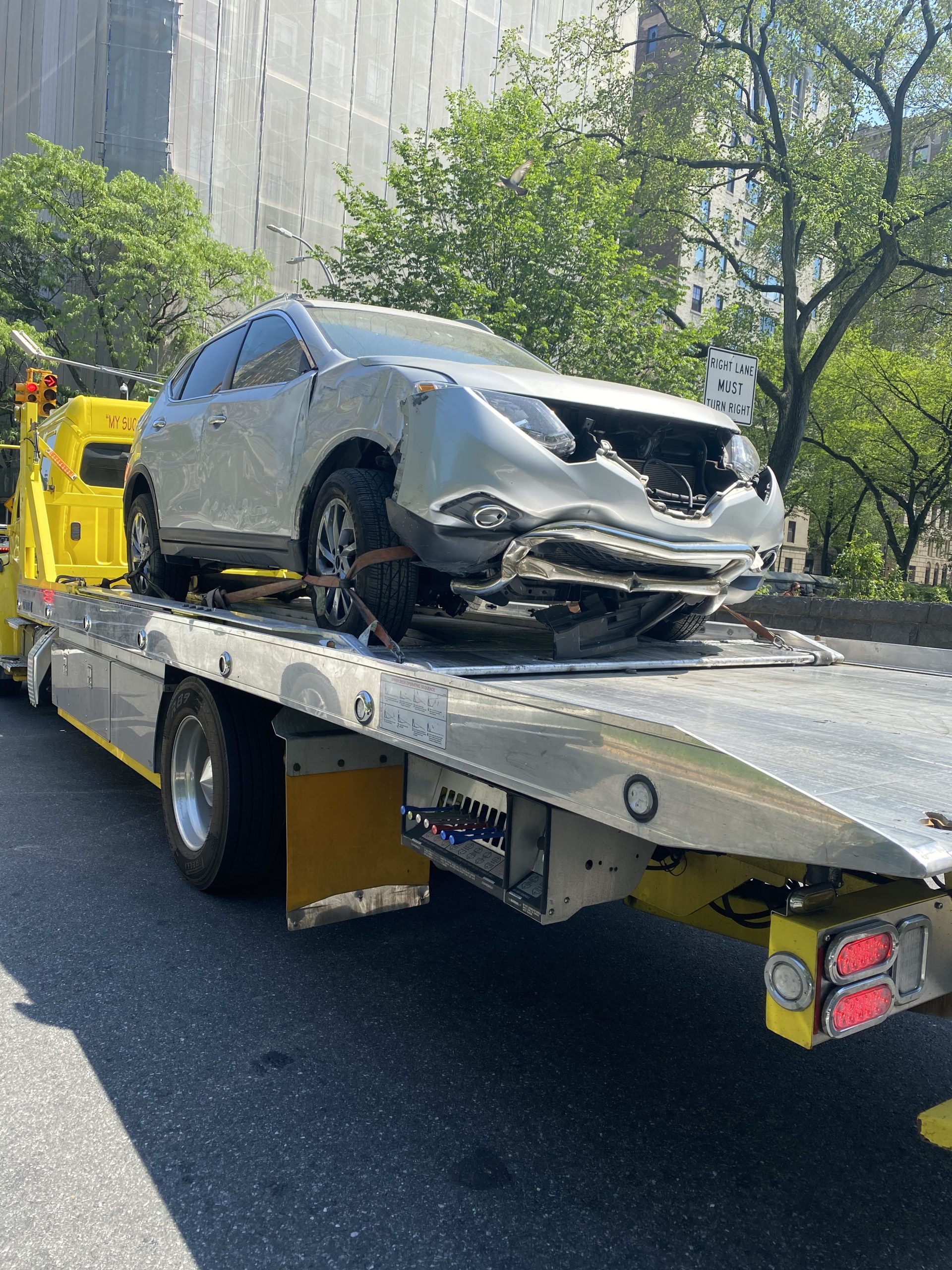To reduce car accident injuries and deaths, The US Department of Transportation adopts a Vision Zero strategy at national scale
 Last week, Pete Butigieg revealed a national plan to significantly reduce personal injuries and deaths caused by car crashes. The National Roadway Strategy is an ambitious plan to reach a long term goal toward zero roadway fatalities on American roads. The announcement of a “Vision Zero” plan at national scale is coming in the steps of a significant increase of road fatalities in the US. According to early estimates by the U.S. Department of Transportation’s National Highway Traffic Safety Administration, an estimated 20,160 people died in auto accidents in the US, an increase of 18.4% compared to the same period of 2020. This is the highest projection of road deaths since 2006 for that particular period.
Last week, Pete Butigieg revealed a national plan to significantly reduce personal injuries and deaths caused by car crashes. The National Roadway Strategy is an ambitious plan to reach a long term goal toward zero roadway fatalities on American roads. The announcement of a “Vision Zero” plan at national scale is coming in the steps of a significant increase of road fatalities in the US. According to early estimates by the U.S. Department of Transportation’s National Highway Traffic Safety Administration, an estimated 20,160 people died in auto accidents in the US, an increase of 18.4% compared to the same period of 2020. This is the highest projection of road deaths since 2006 for that particular period.
The National Roadway Strategy is a major change of direction for the US DOT which in the past was not doing much for road safety with the exception of producing accident statistics. The details of the strategy and how local leaders and States will implement it are not defined yet but they will be based on the “Safe System Approach: Safer People, Safer Roads, Safer Vehicles, Safer Speeds, and Post-Crash Care”. This approach is very similar to the Vision Zero approach already developed in New York City and in other cities, especially in Europe, and consist in developing programs to reduce crashes and make them less deadly. A Safe System is based on 6 principles:
- Serious injuries and death are not acceptable: the goal of the system is to eliminate catastrophic accidents
- Humans commit mistakes: this factor has to be taken in consideration when designing roads
- Humans are vulnerable: the transportation system must be developed in a way that protects humans from being hurt
- Shared responsibility: the governments at all level, industries, advocates/researchers and the general public are all needed to make roads safer
- Proactive safety: identifying possible areas of danger and rectifying them before accidents occur is the goal
- Redundancy is needed: when one layer of security fails, other layers should be in place to compensate
Read more about the National Roadway Safety Strategy
See article in New York Times
 New York Personal Injury Attorneys Blog
New York Personal Injury Attorneys Blog


